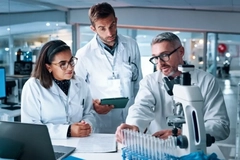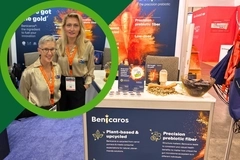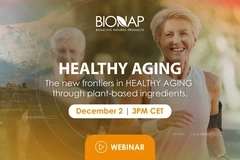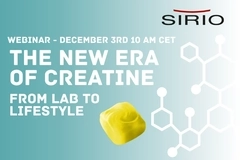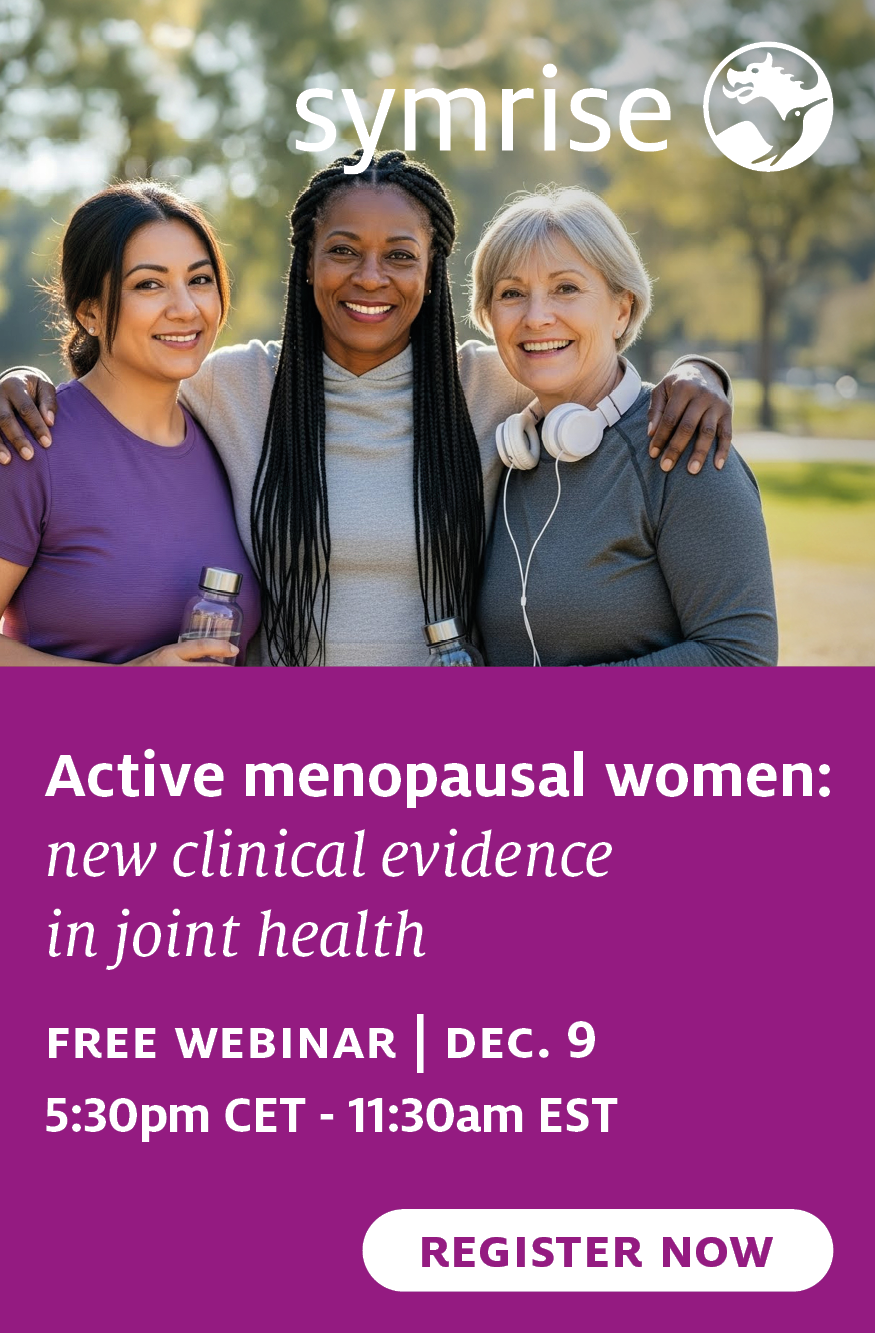Natural bacterial molecule reverses liver damage and repairs gut lining

A study has discovered a natural molecule produced by gut bacteria that can reverse liver damage and repair the gut lining after exposure to aflatoxin, a carcinogenic compound produced by certain fungi. This finding may inform the development of a new “life-changing” natural supplement.
University of California (UC) Davis Health researchers found that Lactobacillus bacteria produce 10-hydroxystearic acid (10-HSA), a compound that restored gut-liver health in mice exposed to aflatoxin.
“This is the first time a single microbial molecule has been shown to repair both the liver and gut together,” says lead author Satya Dandekar, professor and chair of the Department of Medical Microbiology and Immunology.

Liver disease on rise
The study in mBio highlights the importance of the gut-liver axis for maintaining homeostasis using the treatment as a possible new, non-toxic way to prevent and treat non-alcoholic fatty liver disease (NAFLD), now called metabolic dysfunction-associated steatotic liver disease (MASLD).
Recent analyses suggested that MASLD is one of the key causes of liver cancer cases, while three out of five new cases can be prevented through lifestyle changes.
“NAFLD prevalence is on the rise in the US. It has increased globally over 50% in the last 30 years. Chronic liver diseases like NAFLD disrupt lipid metabolism and generate high levels of inflammation, also impacting gut health. It limits the gut digestive functions and breaks down the epithelial barrier,” says Dandekar.
Chronic liver diseases result from the suppression of PPARa signaling. However, 10-HSA activates this protein, which controls lipid metabolism.The gut and liver communicate through bile acids, immunity responses, and lipid metabolism, reveal the researchers. This also means that when one organ is harmed, the other suffers as well.
Microbial precision weapons
Dandekar exposed mice to aflatoxin B1 made by Aspergillus fungi, which caused liver injury, inflammation, and gut lining damage. Upon treatment with 10-HSA, the damages were reversed.
It restored the gut epithelial barrier, bile acid metabolites like cholesterol and deoxycholate, and immune responses. The liver’s energy metabolism and detoxification functions improved.
“We think of these microbial products like precision weapons,” says Dandekar. “They are released by bacteria at the site of inflammation and act exactly where they’re needed to help repair and heal tissue.”
Chronic liver diseases result from suppressed PPARa signaling. However, 10-HSA activates this protein, which controls lipid metabolism.
“What makes this molecule special is that it is produced naturally in the gut and has no cytotoxic effects,” says co-author Abhaya Dandekar, professor of plant sciences at UC Davis. “It works only when the body and the microbiome are in sync.”
The researchers underscore that aflatoxin affects people, especially those from developing countries, in agricultural places with poor food safety.
However, they believe their research sets the ground for a simple and effective way to develop a “life-changing” supplement.
 Aflatoxin affects people, especially in developing countries, in agricultural areas with poor food safety.“It would truly be a unique and exciting opportunity if we could provide a microbially derived supplement that can alleviate or prevent the detrimental impact on human health,” says first author Dylan Kramer, a graduate student in Dandekar’s lab.
Aflatoxin affects people, especially in developing countries, in agricultural areas with poor food safety.“It would truly be a unique and exciting opportunity if we could provide a microbially derived supplement that can alleviate or prevent the detrimental impact on human health,” says first author Dylan Kramer, a graduate student in Dandekar’s lab.
Upcoming clinical trials
The researchers note that previously, traditional research focused on short-chain fatty acids (SCFAs) produced by the gut microbiome, while their study shifted focus to other metabolites.
“While SCFAs are very important, our study serves as one of the first to broaden the focus to larger, more complex metabolites produced in direct response to pro-inflammatory conditions in the gut,” says Kramer.
Based on the strong preclinical evidence and no toxicity concerns, the researchers are preparing for human clinical trials, focused on people with fatty liver disease or metabolic issues.
Bacterial solutions for health
Building on this discovery with more microbiome insights, a recent study found that gut bacteria produce a molecule called D-lactate, which enters the bloodstream and fuels the liver to make more glucose and fat than necessary — suggesting a new therapeutic pathway to diabetes treatment.
A separate paper suggests potential solutions to fatty liver disease and high cholesterol by revealing the workings of body-gut bacteria partnerships. The partnerships balance complex chemicals regulating bile acids for digestion, cholesterol control, and fat metabolism.
Last month, scientists genetically modified the common gut bacterium Phocaeicola vulgatus. When proliferated in the gut microbiome, it led to reduced oxalate levels, emerging as a potential treatment for kidney stones.
In other findings, a protein-producing bacterial strain, Ruminococcus torques, may play a role in fat metabolism and has the potential to lead to a new class of biological drugs called pharmabiotics.





